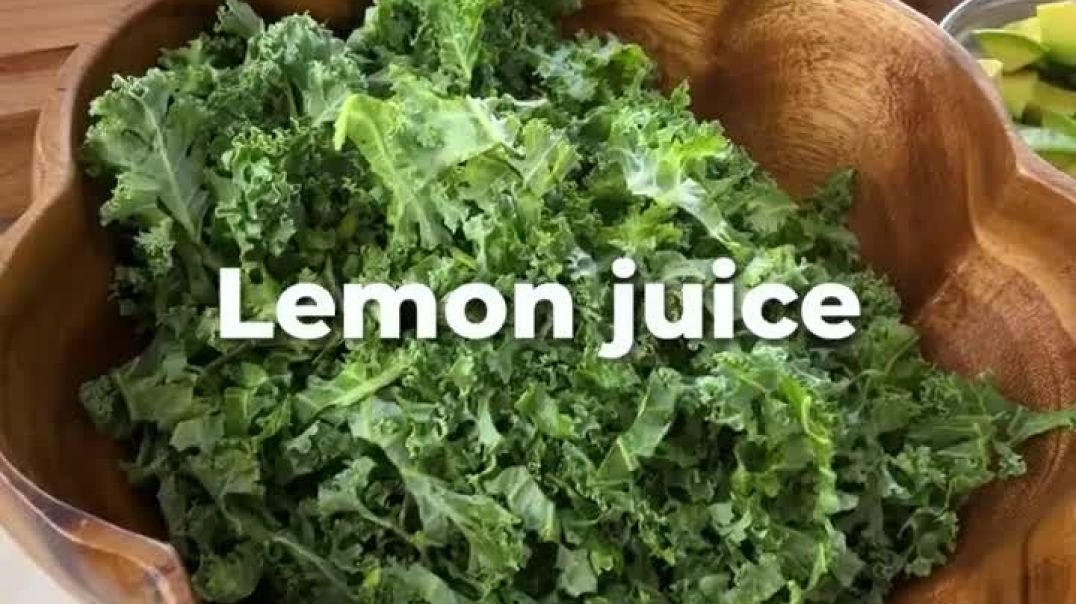GALLBLADDER CANCER AND DUODENAL STENT INSERTION
An 88 year old man presented 2 year ago with biliary sepsis and liver abscess. After initial antibiotics he had an open cholecystectomy. Unexpectedly, the gallbladder histology showed adenocarcinoma (T2 NX). The patient declined any further surgery or chemotherapy. A follow up CT scan 14 months ago showed disease progression with involvement of the duodenal wall.
He has now been admitted with difficulty in swallowing for several months together with poor intake and dehydration.
An endoscopy was performed (see video…)
—
Gallbladder cancer is the fifth most common cancer involving the gastrointestinal tract, but it is the most common malignant tumour of the biliary tract worldwide. The percentage of patients diagnosed to have gallbladder cancer after simple cholecystectomy for presumed gallbladder stone disease is 0.5–1.5%. This tumour is traditionally regarded as a highly lethal disease with an overall 5-year survival of less than 5%. The marked improvement in the outcome of patients with gallbladder cancer in the last decade is because of the aggressive radical surgical approach that has been adopted, and improvements in surgical techniques and peri-operative care.
The overall 5-year survival for patients with gallbladder cancer who underwent R0 curative resection was reported to range from 21% to 69%. Laparoscopic cholecystectomy is absolutely contraindicated when gallbladder cancer is known or suspected pre-operatively. Patients with a pre-operative suspicion of gallbladder cancer should undergo open exploration and cholecystectomy after proper pre-operative assessment. For patients whose cancer is an incidental finding on pathological review, a second radical resection is indicated except for Tis and Tia disease. There is still controversy for the optimal management of T1b disease. Although the role of surgery for advanced disease remains controversial, patients with advanced gallbladder cancer can benefit from radical resection, provided a potentially curative R0 resection is possible. There is still no effective adjuvant therapy for gallbladder cancer.
REFERENCES
1.Kanthan R, Senger J-L, Ahmed S et al, Hindawi Publishing Corporation Journal of Oncology Volume 2015, Article ID 967472, 26 pages. Gallbladder Cancer in the 21st Century
http://downloads.hindawi.com/j....ournals/jo/2015/9674
2.Kalayarasan R, Javed A, Puri AS et al. HPB (Oxford). 2013 Mar; 15(3): 203–209. A prospective analysis of the preoperative assessment of duodenal involvement in gallbladder cancer.
https://www.ncbi.nlm.nih.gov/p....mc/articles/PMC35722
3.Agarwal AK, Mandal S, Singh S, Sakhuja and Puri S, Journal of Gastrointestinal Surgery , 2007, 11: 1722–1727. Gallbladder Cancer with Duodenal Infiltration: Is it still resectable?
https://link.springer.com/arti....cle/10.1007/s11605-0
4.Aloia TA, Járufe N, Javle M et al HPB (Oxford). 2015 Aug; 17(8): 681–690. Gallbladder Cancer: expert consensus statement
https://www.ncbi.nlm.nih.gov/p....mc/articles/PMC45278
5.Cavallaro A, Piccolo G, Panebianco V et al. World J Gastroenterol. 2012 Aug 14; 18(30): 4019–4027.Incidental gallbladder cancer during laparoscopic cholecystectomy: Managing an unexpected finding
https://www.ncbi.nlm.nih.gov/p....mc/articles/PMC34199






















SORT BY-
Top Comments
-
Latest comments